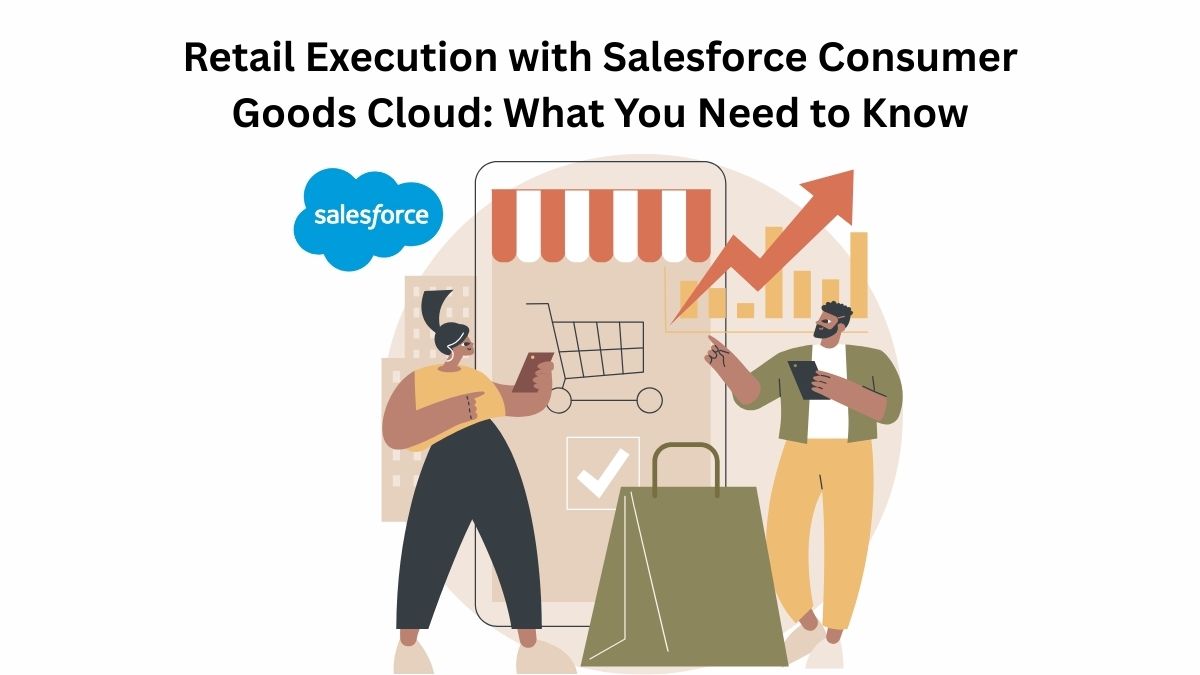If you think artificial intelligence is only good for writing ad copy or adjusting bids, think again. The world of PPC campaigns is being quietly transformed by AI in ways most marketers haven’t even considered. While automated bidding and ad optimization are familiar territory, today’s AI is reaching deeper into the strategic and operational layers of PPC, redefining what’s possible with data, personalization, and even audience prediction.
In this article, we’ll uncover six surprising capabilities AI now brings to your PPC toolkit. Whether you’re running search, display, or shopping ads, these innovations are changing the game in performance marketing. If you’re still managing your campaigns manually or only scratching the surface of automation, this is your wake-up call. By the time you reach the end of this piece, you’ll have a sharper sense of how to future-proof your advertising strategies and put your budget to smarter use.
1. Predict Customer Lifetime Value Before the Click
One of the most groundbreaking applications of AI in PPC campaigns is its ability to predict customer lifetime value (CLV) before a user even clicks on your ad. Traditional PPC strategies often focus on click-through rates or conversion rates, but those metrics only tell part of the story. AI models can now ingest historical customer data—purchase behavior, average order value, repeat transactions, and even churn risk—and apply it in real time to bid decisions.
This predictive power enables marketers to focus not just on acquiring customers, but on acquiring the right customers. With CLV prediction, AI can help platforms like Google Ads prioritize high-value users, increasing the ROI of every campaign without necessarily increasing spend. This type of targeting is particularly valuable in subscription-based businesses or high-margin ecommerce verticals where repeat purchases matter more than single conversions.
2. Generate Synthetic Audiences with Lookalike Modeling 2.0
Lookalike audiences have been around for years, but AI is redefining how they’re built and used. Traditionally, platforms like Facebook or Google would generate a lookalike audience based on a seed list of users who had already converted. But this method had limitations, especially in niches where customer behavior varied widely.
Modern AI can now create synthetic audiences—virtual customer profiles generated by training algorithms on patterns far beyond just user demographics. These models can factor in psychographic data, multi-touch engagement signals, cross-device behavior, and even seasonality to design entirely new audience clusters. These aren’t just similar users—they’re users likely to behave in high-value ways.
What’s more, AI doesn’t just generate these audiences; it tests and learns in real time. You may find that your ideal customer is not who you thought it was. These synthetic audiences can unlock fresh market segments and improve ad targeting precision with less waste and better personalization.
3. Detect Campaign Anomalies Before You Do
One of the biggest headaches in PPC campaign management is identifying issues fast enough to minimize damage. Maybe your click-through rate drops unexpectedly, or your cost per conversion spikes. AI is now being deployed to run constant anomaly detection on campaign metrics—far faster and more accurately than any human analyst.
These systems flag performance outliers by comparing real-time data against historical norms, seasonal trends, and industry benchmarks. They can detect anomalies at a granular level—ad group, keyword, device, geography—before the data becomes a crisis. Instead of reacting to a daily report or waiting for the dashboard to refresh, you get proactive alerts and even recommendations on corrective action.
Imagine logging into your ad account to find that your AI assistant already paused a poorly performing keyword or reallocated budget to a high-performing ad set—all before lunch. This kind of autonomous optimization is not just convenient; it’s cost-saving and deeply strategic.
4. Hyper-Personalize Ad Copy at Scale Using NLP
Natural Language Processing (NLP) is another powerful AI tool being used in PPC campaigns, especially when it comes to dynamic ad creation. AI can now analyze user intent from search queries or engagement signals and generate highly personalized ad copy on the fly. This is a massive leap from static ad variations or even traditional A/B testing.
The AI doesn’t just switch out a few keywords. It rewrites headlines, calls to action, and descriptions based on context, sentiment, and predicted emotional response. For example, a user searching for “affordable vegan protein powder” might be shown a different ad than someone searching for “high-performance plant protein.” Even though both may land on the same product page, their journey—and thus the message—should be different.
This level of personalization is no longer theoretical. Tools like Persado, Copy.ai, and even OpenAI-based systems are already being used by enterprise-level marketers to deploy thousands of ad variations in real time, all while improving CTRs and lowering cost per click. Personalized messaging has always been the goal; now it’s finally scalable.
5. Optimize for Multi-Touch Attribution, Not Just the Last Click
One of the more underappreciated AI capabilities in PPC is advanced attribution modeling. Most marketers are still relying on last-click attribution, even though it paints an incomplete picture of what’s actually driving conversions. AI now enables multi-touch attribution modeling that can weigh the impact of each step in the customer journey—email open, video view, product page visit—and assign credit accordingly.
This means your PPC campaigns can be optimized not just for final conversion, but for contribution to the entire funnel. AI models can analyze how display ads assist search conversions, how branded keywords play off of non-branded ones, or how a YouTube ad impacts later shopping decisions. The data is complex and dynamic, but AI thrives in that environment.
By shifting optimization to multi-touch models, you gain insights into what combinations of campaigns, creatives, and channels are actually working together. This allows for smarter budget allocation and removes the blind spots that come with simplistic measurement.
6. Generate Competitive Intelligence in Real Time
Finally, AI is giving marketers new tools for real-time competitive analysis. Instead of manually checking your competitors’ ads or relying on quarterly benchmarking reports, AI tools now monitor competitors’ paid strategies around the clock. They scrape ad copy, track keyword rankings, analyze display placements, and even estimate spend patterns.
Platforms like Adthena, SEMrush’s Advertising Research, and AI-powered features in Google Ads can deliver near-instant insights. Want to know when a competitor launches a new offer or switches landing pages? AI can notify you within hours. Want to see what ad creatives are working best in your industry based on CTR or estimated conversion rates? AI tools can surface those insights, too.
This real-time competitive intelligence allows you to be more agile in your PPC campaigns. If your rival starts aggressively bidding on your brand keywords, you can counter before it affects your performance. If a competitor’s new messaging is resonating with your audience, you can adapt and refine your positioning accordingly. AI keeps you from playing catch-up in an environment where timing can mean everything.
Why This Matters More Than Ever
PPC is no longer a world of guesswork, gut feelings, or manual bid tweaks. AI is not only automating tasks—it’s elevating the level of strategic insight and performance marketers can achieve. From predictive modeling to real-time optimization, the tools are available, and they’re getting smarter by the day.
As businesses face increased competition and rising customer acquisition costs, embracing these AI capabilities can be the difference between plateauing and scaling profitably. But it’s not just about using the tools—it’s about knowing what’s possible and pushing the boundaries of what your PPC strategy can do.
If you’re serious about staying ahead, now’s the time to skill up. Investing in the best AI marketing course could give you the edge to not only understand these tools but use them more effectively than your competitors.
Final Thoughts
The future of PPC campaigns isn’t just automated—it’s intelligent, adaptive, and increasingly personalized. AI is no longer a buzzword; it’s the engine behind some of the most effective campaigns running today. From predicting who your best customers are before they even see your ad, to responding to market shifts in real time, these AI capabilities are changing the rules of digital advertising.
Whether you’re an agency professional, an in-house marketer, or a founder managing your own campaigns, now is the time to explore what AI can do for your PPC efforts. The competitive edge is real, and it’s only getting sharper.




